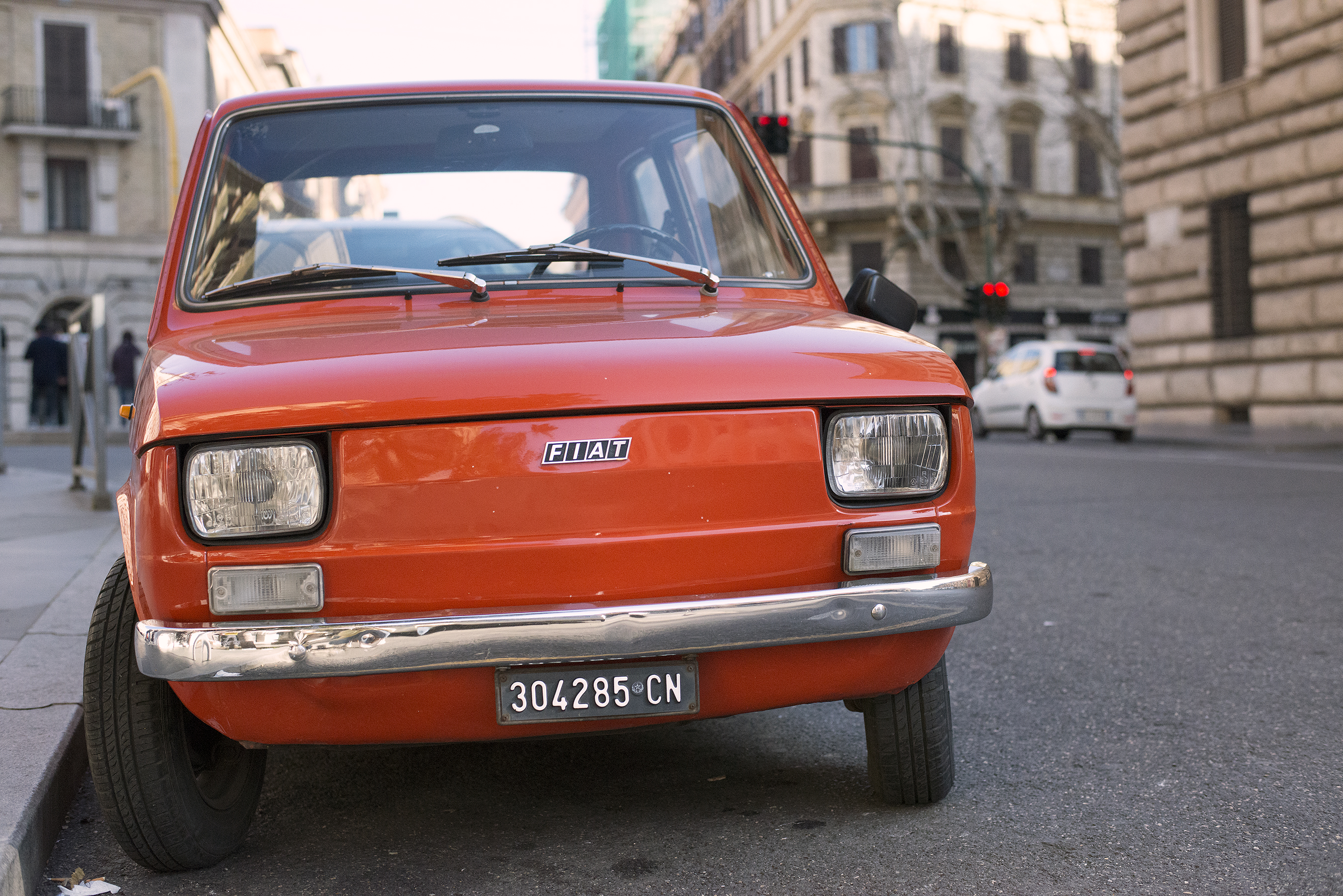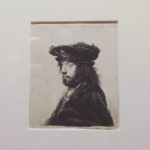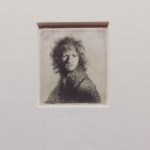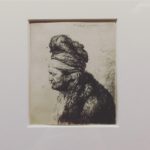My husband and I have just got back from a four day, pasta and pizza filled trip to Rome. I’ve always wanted to go to Italy for the food and culture and my history loving husband, Jon, has always wanted to go to Rome to visit the ancient sites.
What a city it is! We both decided Rome was a place you could visit over and over again and see something new every time. We saw all the main attractions such as the Colosseum, St Peter’s and the Vatican, The Roman Forum…etc. For me, I loved getting lost in the back streets and stumbling across little pieces of history hidden away, in quieter and more peaceful surroundings. I found the hustle and bustle of the main attractions distracted me from being able to fully appreciate their significance. It’s hard to look up at the Colosseum , imagining it in all its brutal glory, when someone is trying to sell you a selfie-stick or guided tour every ten seconds.
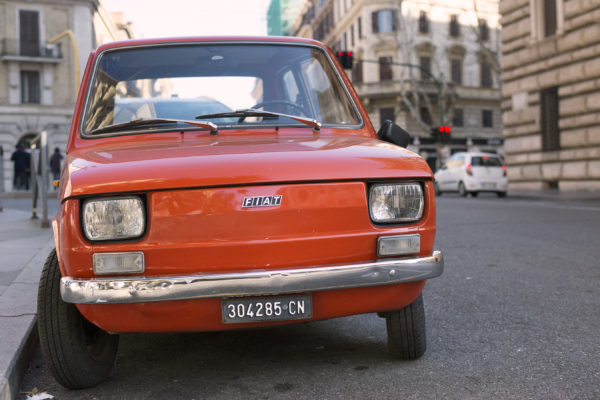
I found I was fascinated by some unexpected things. Retro Fiat cars, Roman typography in the carved stone road signs, the vast amount of orange and lemon trees – we stopped for lunch at a crossroads one day and on each corner was an orange tree full colourful fruits, they were so beautiful. I also developed a new appreciation of stone carvings and sculpture thanks to our very knowledgeable guide in St Peters.
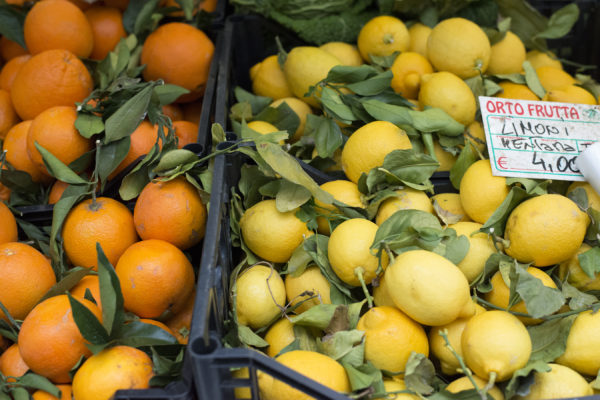
During the trip we visited the Vatican Museum that had a Rembrandt exhibition. I was familiar with some of his work, but less familiar with his etchings. In terms of art, these were my absolute highlight. Beautiful portraits dated around c.1635 etched into copper plates, the detail in them was incredible and they were so small and delicate looking. Both the process and result felt very reminiscent of Daguerreotype photographs – a photographic process invented by Louis-Jaques-Mande Daguerre in c.1839, where sheets of silver plated copper were used to capture an image.
Every bit a shadow, detail in eyes, hair and clothing must have been carefully considered so not to etch into the copper too hard or too soft. The compositions were again, very similar to many photographic portraits and from a distance, they did look like very early black and white photographs.
They got me thinking about the history of photographic processes and the importance of understanding your craft. I had flashbacks of everything I had learnt through from my A’level photography to my MA photography. Don’t get me wrong, I’m absolutely an advocate of digital, particularly in a commercial setting, but there was always something very considered about the film based photographic process that was unavoidable; choosing the right type of film for the job, taking multiple light readings during a shoot to make sure that you wouldn’t be under or over exposing the film, developing your negatives with precision timing, going through the negatives on a light box (or sometimes taped to a window!) and then producing your contact sheets for editing, choosing the right printing process and type of paper to use (would your image require a warm tone or cool tone, high or low contrast, did you need to maintain detail in the blacks?). Every step in the process was considered.
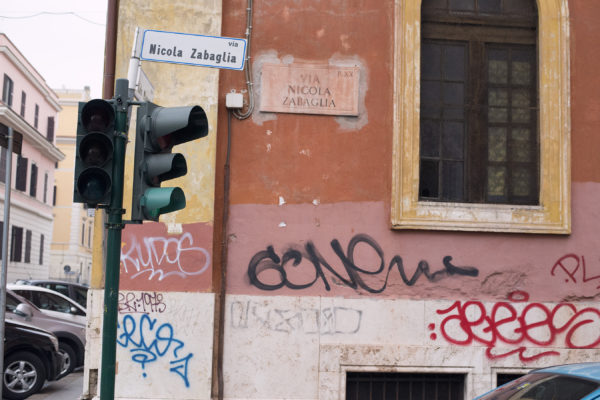
Digital technology has made photography accessible to the masses and brings joy to so many people. This accessibility has also created a hugely competitive photographic market, with many photographers offering a range of photographic services making it difficult to choose between them.
I have been learning my craft since I was 16 years old and I understand the importance of putting care and consideration into every photograph I take. I have spent hours in dark, fume filled darkrooms learning how to create beautiful lasting images, skills which I’ve transferred into my more modern approach to photography. I have an ever growing collection of books on photography and art theory and continue to learn and be inspired from the greats across many art forms. I believe this is what sets me apart from many of my competitors. I know photography, its history, its process and its power.

